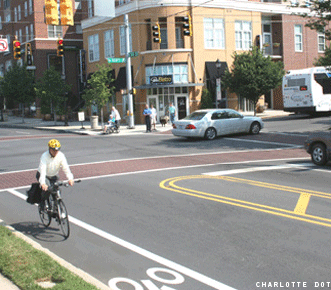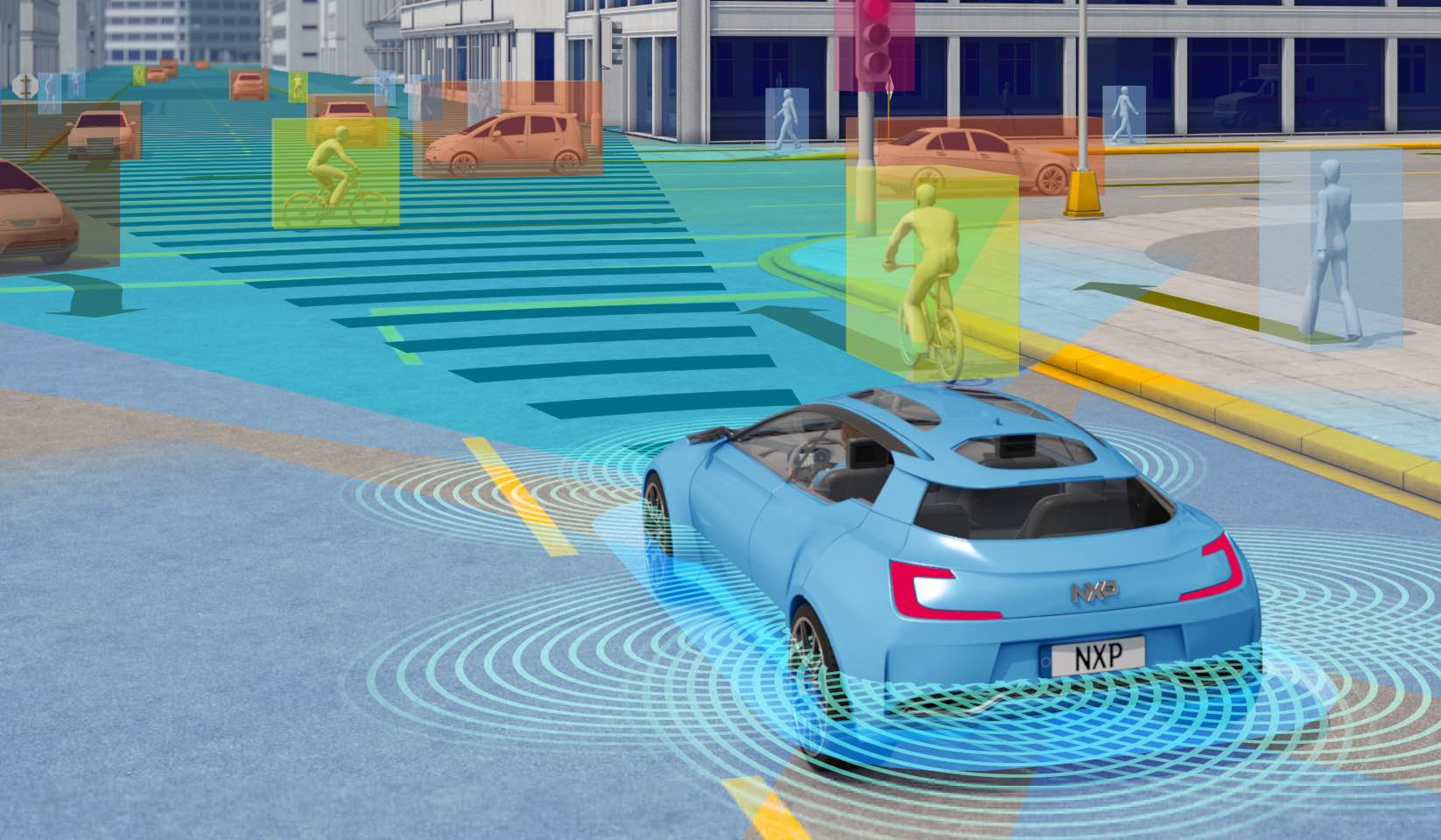Live in a town where bicyclists and pedestrians are personas non grata and buses get stuck in automobile congestion? Do you put on your walking boots only to find that your city’s street design conveys the message, “These roads were made for driving?” It’s time for a complete streets upgrade, then – but often, when concerned citizens propose accommodating other road users on the streets, local officials tell them it’s just too expensive.

Are complete streets really too expensive? According to Norm Steinman, planning and design manager for the Charlotte Department of Transportation, design elements to turn an incomplete street into one that accommodates all users are usually a very low percentage of the total cost of street planning, design, and construction. “Sidewalks will turn out to be somewhere around 3 percent of that compilation of costs,” he said last week in a seminar sponsored by the National Complete Streets Coalition for communities participating in the CDC's Communities Putting Prevention to Work program. “Bicycle lanes, around 5 percent -- and that’s adding bicycle lanes, of course, to both sides of the street."
"On the other hand," Steinman said, "reducing the width of a lane by a foot can reduce the costs by 2 percent.” Indeed, in Richfield, Minnesota, when 76th Street needed to be rebuilt following work on the sewer lines, the city decided to implement a “road diet.” Narrowing the street shaved $2 million off the estimated $6 million cost of the sewer work – while at the same time improving mobility and safety for pedestrians and cyclists and making for a more enjoyable community.
The National Complete Streets Coalition suggests four points to help local transportation officials understand that complete street goals can be achieved without exorbitant costs:
Complete streets add lasting value. From safety improvements to public health outcomes, economic growth and lower emissions, and – of course – more transportation choices, complete streets can create a lot of value in the community. Many of those things can be quantified and even monetized. Be careful when telling transportation planners about health care savings, though: National Complete Streets Coalition Director Barbara McCann warns that since those planners are responsible only for their own budgets, hospital savings may not be enough to convince them.
Complete streets improvements can be achieved within existing transportation budgets. This is really the most reassuring answer you can give, and the one most likely to gain the most traction. “Complete streets are not about one-time signature efforts,” said Stefanie Seskin, state and local policy manager of the coalition. “It’s meant to change the way your community makes transportation decisions -- and it’s to be achieved within the context of your existing transportation budgets.” In many cases, by accommodating road uses that take up less space than automobiles, cities can reduce the need for road and intersection widening later. One famous example is Portland’s Hawthorne Bridge, whose bike facilities accommodate 7,100 daily bicycle trips across the Willamette River – 21 percent of all trips. If those bike facilities didn’t exist and those 7,100 people made their trip in a car, Portland would have had to build a new bridge at considerably more expense.
Complete Streets are necessary to accommodate existing users. I don’t need to go into great detail about this, since you already know all the benefits of having a street network that’s welcoming to people making low-carbon transportation choices that don’t hog road space. But I will note Norm Steinman’s useful testimonial from his city, Charlotte, North Carolina, where a complete streets mentality not only led the city to design better streets for existing pedestrians and bicyclists, but plan for a future with more walking and biking:
About 10 or 11 years ago, the city’s planning and design philosophy focused almost entirely on motorists. Now we consider all modes equally. That doesn’t mean that all projects turn out to have the same design treatments, but we do consider very seriously what we need to do to allow people to travel by walking or riding their bicycle.
Previously, the designs really had almost no distinction based on adjacent land uses or expected and uses along the street. Now we give much more consideration to not only existing land use but future land use and design goals. Previously, we concentrated almost exclusively on thoroughfares -- the major arterials in the city – and now we are trying to create more streets so as not to have to rely just on thoroughfares for people to walk, or ride their bicycles, or -- in some cases -- drive.
Complete streets can open up new transportation funding opportunities. This is the least common argument, but it can be a potent one. In the rural town of Pipestone, Minnesota, for example, the process of developing a complete streets policy inspired the town to apply for funding from the Safe Routes to School program – which they received. (Of course, it’s up to Congress to maintain these dedicated funding sources so that they can serve as an incentive for jurisdictions turning to better street designs.)
How have you made the case for more accommodating street designs and policies? What’s worked and what hasn’t?





